
停船暂借问 或恐是同乡
Yellowstone | After the Flood
I remember watching a BBC documentary on a transoceanic flight, and the always-sharp host asked the ranger of a park: "We often say we need to protect the park and develop sustainable development; but we let tourists take planes and drive cars. , emit so much carbon to come here to play, do you think this is contradictory?"
Ranger's answer: "I don't think so. If tourists can understand the fragility and preciousness of nature after seeing the scenery in the park, take more buses, eat more vegetables and do more for climate change when they go back. A little action, then the contribution to sustainable development is far greater than the little carbon they put out in the park.”
I just came back from Yellowstone less than two weeks ago, and I was deeply touched by this sentence.
Therefore, I think the same is true for the flood of Yellowstone that has just passed. Witnessing the fragility of the landscape, we know better what kind of national parks we need and what we can do to keep them.
In the long-term future, when people can fully explore Yellowstone, the Garden of Ten Thousand Gardens in this national park, they will find that what has changed is not only the landscape, but also people's attitude towards nature and the future.
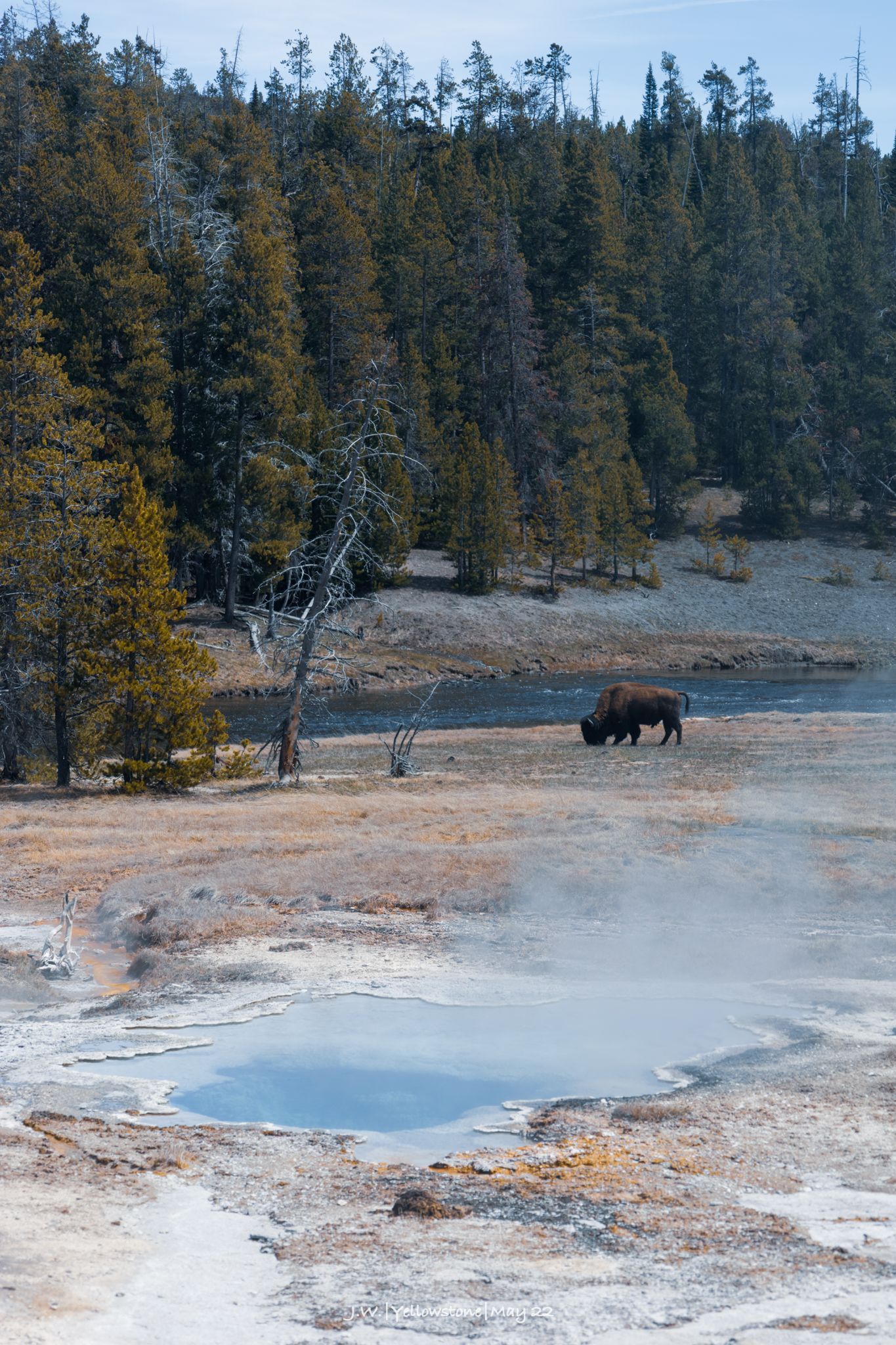


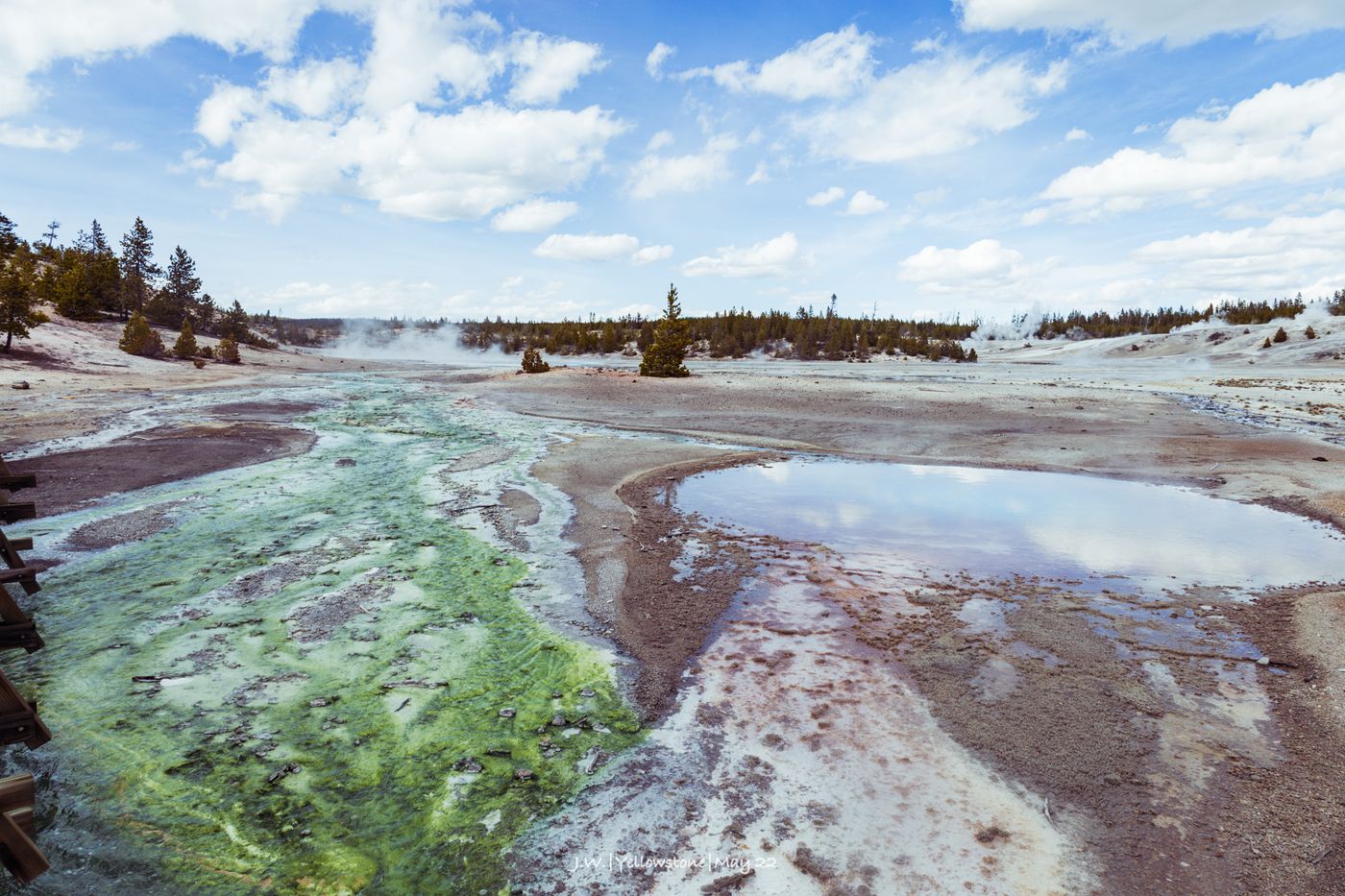
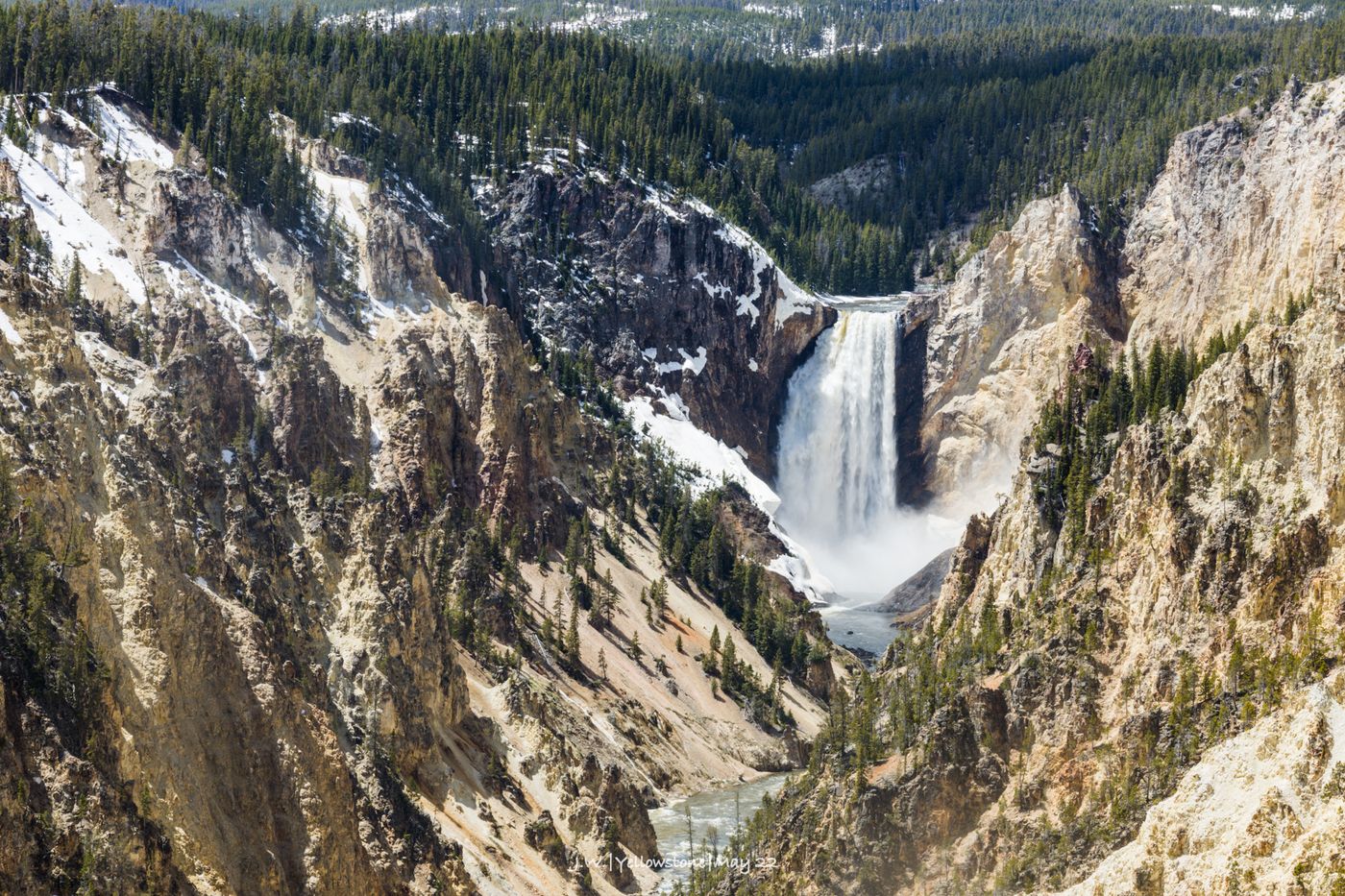
what happened?
Just this past weekend to Monday, Yellowstone National Park closed all entrances and exits for the first time due to natural disasters due to extreme rainfall and the flooding it caused (previously because of the government shutdown or the epidemic). USGS records some data:
- Huangshi Lake Meteorological Station recorded 44mm of precipitation on the 13th, breaking the historical record
- The water level of the Yellowstone River rose 6 feet (1.5 meters) in two days, breaking an 83-year record
- Damaged roads inside the national park and in Montana, and external traffic has been disrupted from the town of Gardiner at the north gate of the park
- Montana has declared a state of emergency, calling it a 'once in a thousand years' event
Fortunately, there were no casualties due to the timely evacuation. But this is probably the situation in the park now... (Photo source NPS)
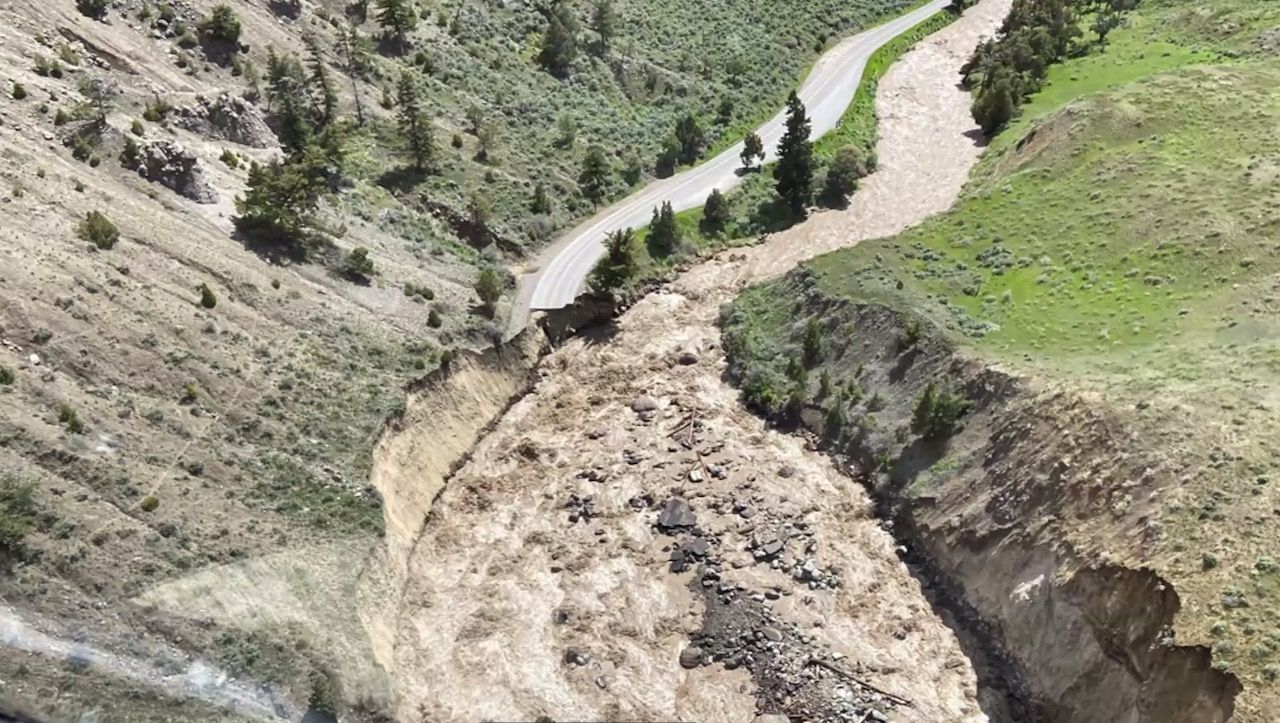
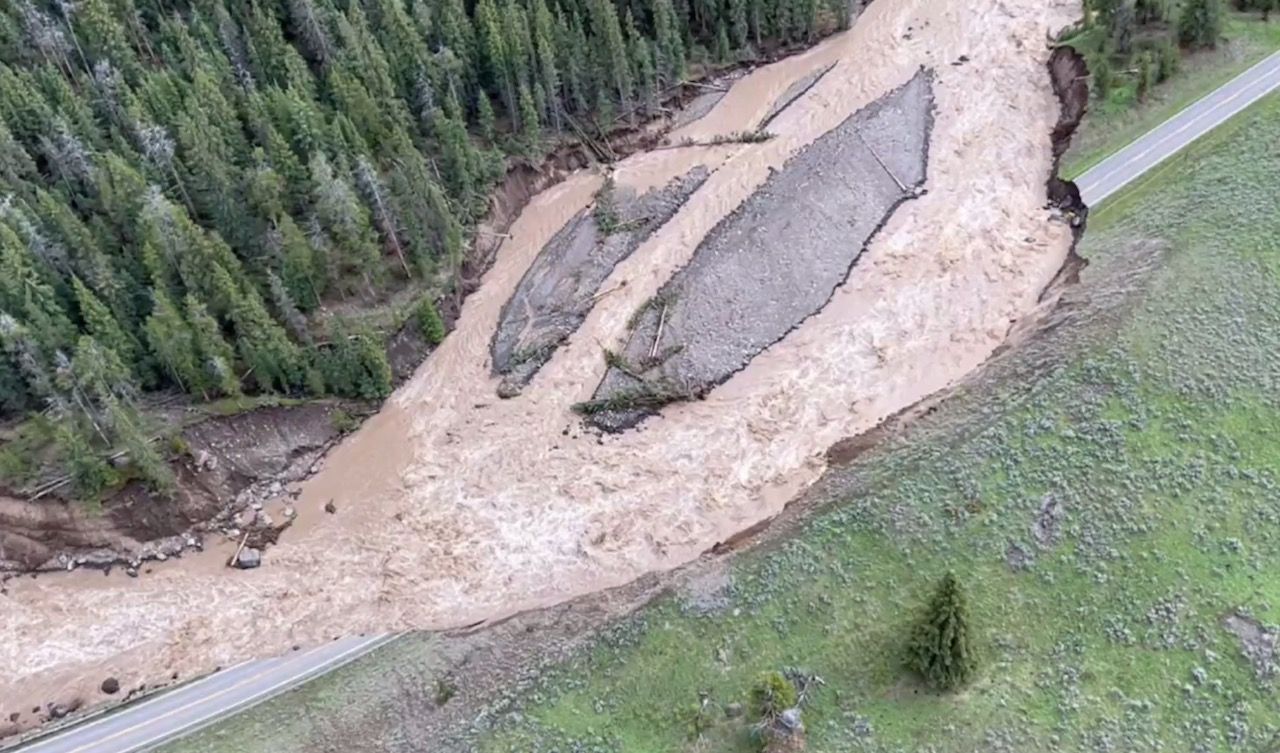
Unreliable predictions...
Since the flood this time is mainly concentrated in the Yellowstone River Basin in the north, the traffic in Old Faithful, Norris Geyser, West Thumb and other areas in the south should have little impact (no one knows about the impact on the scenery). After a series of emergencies, it is expected that the west gate and the south gate will be opened after the rain is over next week.
Yellowstone Lake and Diaoyu Bridge in the east are said to have no problems with the road surface, but the foundation may be affected, which requires detailed inspection. If there are no safety hazards, the east gate may open in autumn .
From the Yellowstone Grand Canyon to the north of the Yellowstone River Basin, it can be said to be a mess. There were large-scale landslides in the park, and both the north gate and the northeast gate were washed away. Especially the section from Mammoth Springs to the town of Gardiner, the route should be re-selected, and the time is often counted in years . Of course, Yellowstone is Montana's cash cow, and the closure of the north gate will be a disaster for Gardiner and even the business along the entire highway. I believe that under the economic pressure, the reconstruction speed will be much faster than that of California, where money is more capricious.
But that only discusses the effects of the flood itself. For the national park, the disruption of the North Gate Road will also mean that the connection between the hotel/restaurant inside the park and the only major nearby city, Bozeman, MT, will be severed for an extended period of time. West Yellowstone does not have sufficient warehousing and logistics capacity. Therefore, even if the southern half of the park reopens in the near future, the internal carrying capacity will be greatly limited, which will inevitably mean the introduction of strict flow restriction measures . All summer may not be a good time for anyone with Yellowstone travel plans.
Although this flood is an extreme event, it also reminds us that, especially in the context of climate change, the geological environment of Yellowstone is very unstable : the geothermal landscape was originally meant to be eaten by the sky, ranging from the diversion of groundwater and interstitial springs to a large one. The changes and outbreaks of this region, and even the end of our species, are estimated to be more or less related to Yellowstone...
But what is certain is that after this flood, Yellowstone will not be fully open for a long time, and the appearance of the northern part of the park will be completely different. The good things in the world are not strong, let alone such a natural wonder. When people return to the north of Yellowstone next time, a new geothermal wonder may have been born, or Mammoth Springs may have been completely yellow. This is also the impermanence and interest of nature.
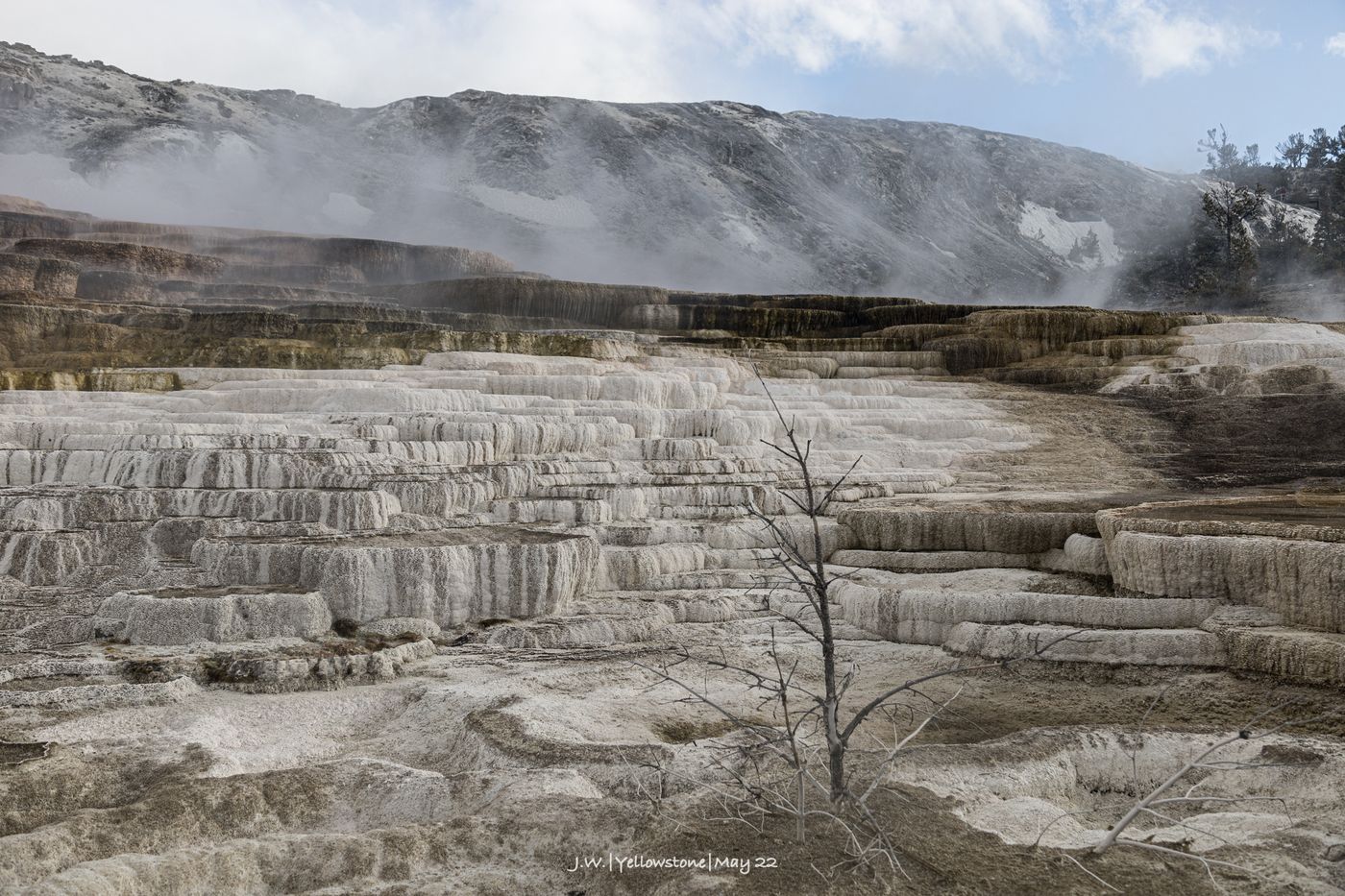
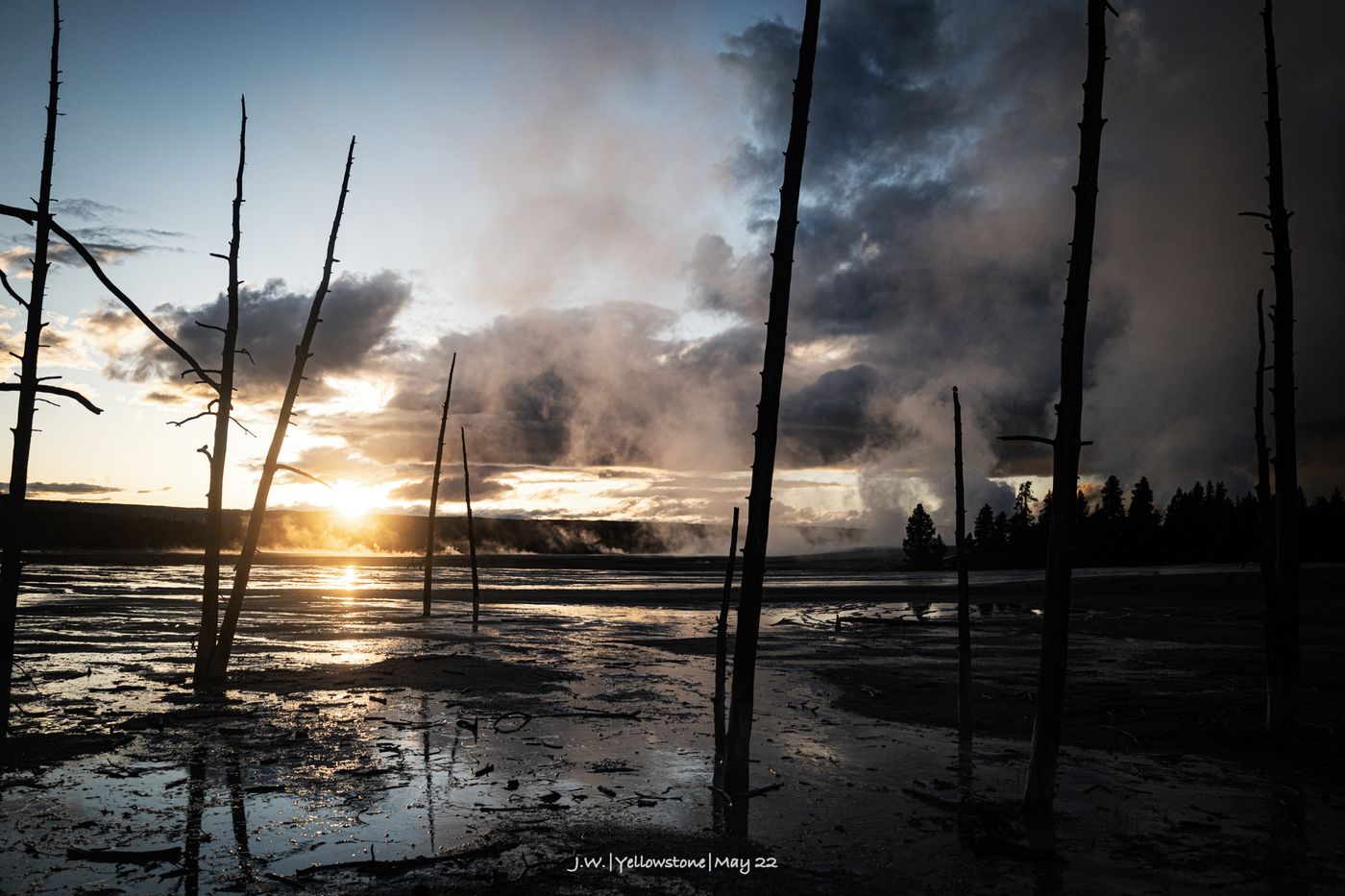
Like my work?
Don't forget to support or like, so I know you are with me..
Comment…